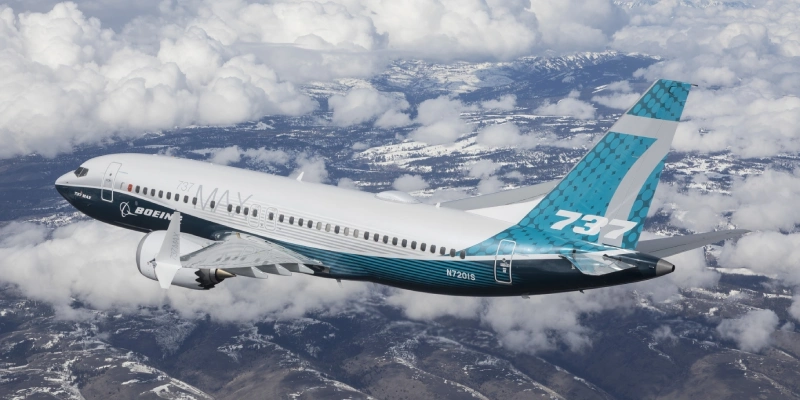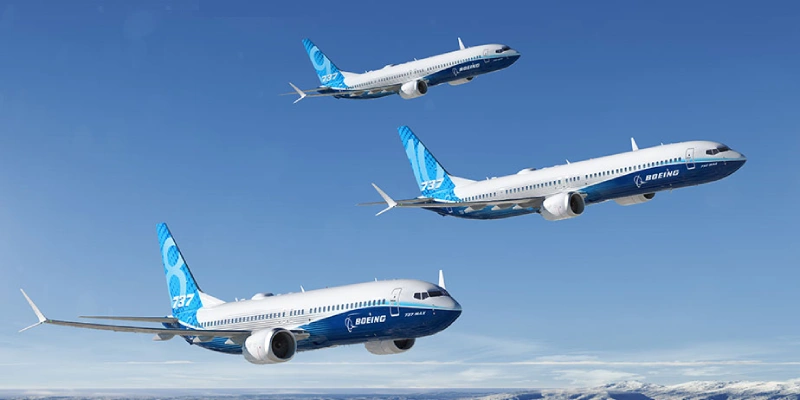The International Air Transport Association (IATA), together with Worley Consulting, has published a study that debunks one of the main myths about Sustainable Aviation Fuel (SAF). According to the analysis, there are enough sustainable feedstocks for the aviation sector to achieve net zero CO2 emissions by 2050. All sources analyzed meet strict sustainability criteria and do not involve land-use changes.
The problem lies not in resource availability, but in the slow adoption of technologies capable of transforming that feedstock into SAF on a large scale. Currently, commercial production depends almost exclusively on HEFA technology, which converts used cooking oils into fuel, limiting the diversification of sources.
The Goal: 500 Million Tons of SAF
According to IATA’s roadmap, airlines will need 500 million tons of SAF annually by 2050. This figure could be achieved through two main pathways:
Biomass: With the potential to produce over 300 million tons per year by mid-century. Part of this capacity could be reduced by competition with other sectors, but it could also grow with technological and efficiency improvements.
Power-to-Liquid (PtL): Necessary to close the gap to 500 million tons, provided the contribution of bio-SAF is maximized.
The key will be to improve conversion efficiency, accelerate technological deployment, optimize feedstock logistics, and build infrastructure that enables scaling commercial facilities in all regions.
→ Global Air Passenger Demand Grows 4% in July, According to IATA
IATA’s Voice: An Urgent Call
“We have clear evidence that the availability of feedstock is not an obstacle to decarbonizing aviation. What we need is to accelerate the growth of the SAF industry. We need shovels in the ground now,” said Willie Walsh, IATA’s Director General.
The report confirms that:
- There are sufficient sustainable feedstocks to meet the 2050 target.
- With the right policies and investments, over 300 million tons of bio-SAF and around 200 million tons of e-SAF could be produced annually.
Challenges for the Sector
The study identifies four major challenges:
1. Infrastructure and Supply
It is vital to strengthen the biomass supply chain, scale up novel sources that meet sustainability criteria, and ensure that feedstock is directed to aviation.
2. Technology Deployment
The development of new technologies, especially PtL, depends on reliable access to low-cost renewable electricity, hydrogen, and carbon capture.
3. Coordinated Policies
Joint government action is required to drive innovation, attract investment, and consolidate a global SAF market that also generates economic opportunities.
4. Regional Leadership and Energy Commitment
North America, Brazil, Europe, India, China, and ASEAN will be key drivers of global production. At the same time, the energy industry must align its strategy with global decarbonization goals.
Economic Development Opportunity
“The report highlights that SAF production can generate jobs, boost economies, and enhance energy security. It is essential to work together, reduce investment risks, and accelerate implementation. Policy certainty and cross-sector collaboration are essential to scale up,” emphasized Marie Owens Thomsen, IATA’s Senior Vice President for Sustainability and Chief Economist.
Walsh concluded with a reminder: “We have only 25 years to turn this potential into reality. The time to act is now; any delay will make the challenge more difficult.”
Related Topics
Boeing Requests Emissions Exemption from FAA to Sell 35 777F Jets
FAA to Evaluate New Cockpit Alert System for Boeing 737 MAX 10: A Key Step Toward Certification
Southwest Airlines Expects Boeing 737 MAX 7 Certification by August 2026
Airbus Admits Boeing Likely to Win Order Race This Year

Plataforma Informativa de Aviación Comercial con 13 años de trayectoria.




